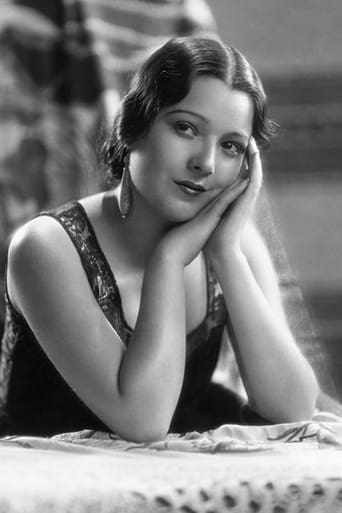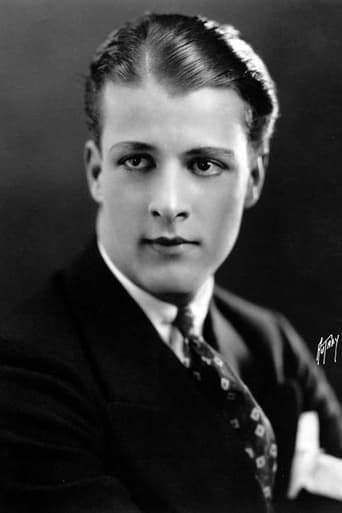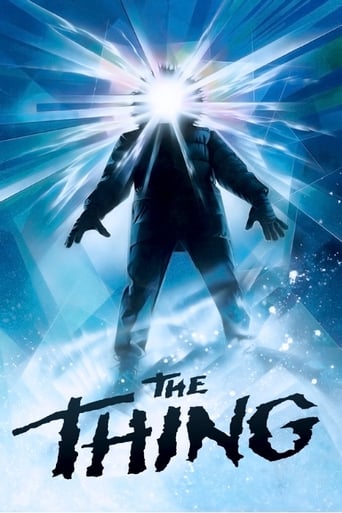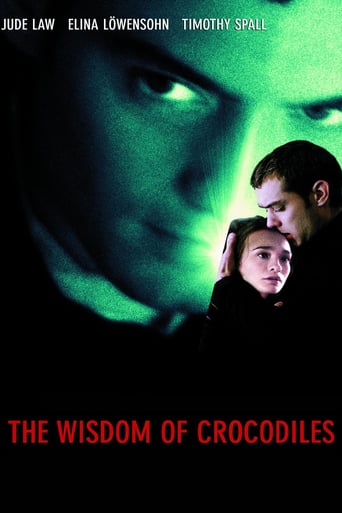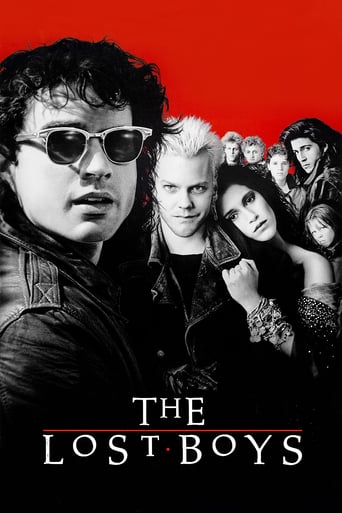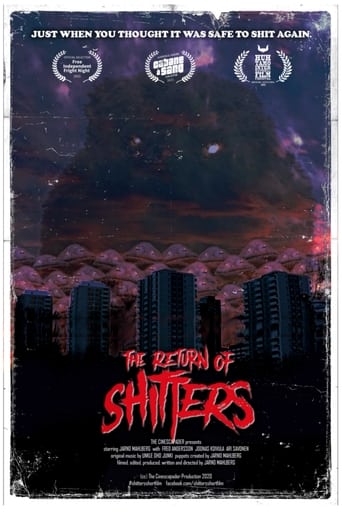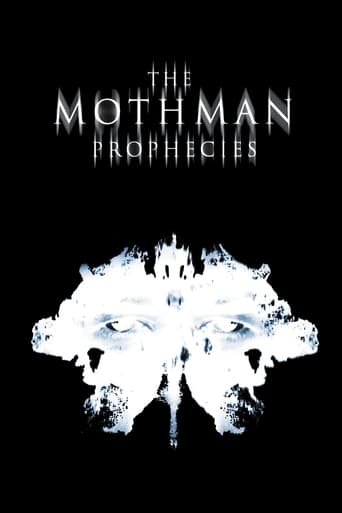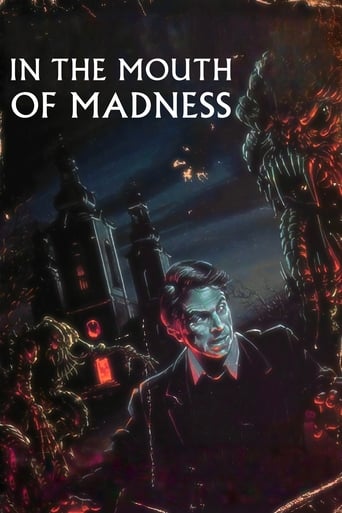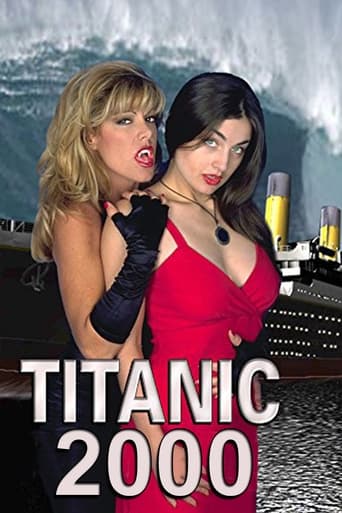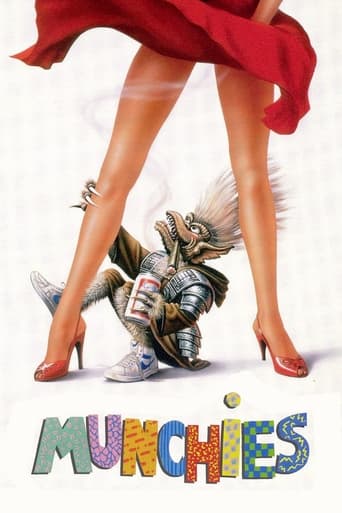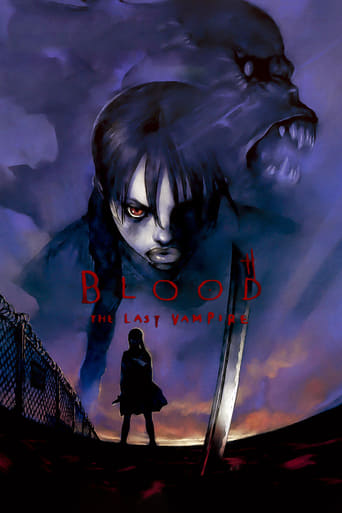
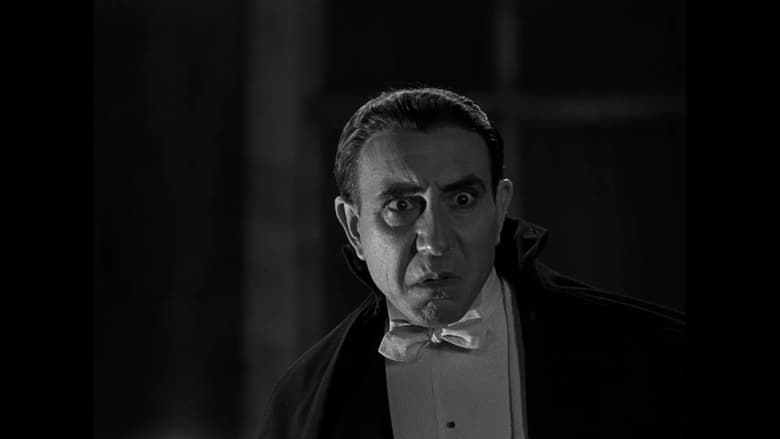
Drácula (1931)
At midnight on Walpurgis Night, an English clerk, Renfield, arrives at Count Dracula's castle in the Carpathian Mountains. After signing papers to take over a ruined abbey near London, Dracula drives Renfield mad and commands obedience. Renfield escorts the boxed count on a death ship to London. From there, the Count is introduced into the society of his neighbor, Dr. Seward, who runs an asylum. Dracula makes short work of family friend Lucia Weston, then begins his assault on Eva Seward, the doctor's daughter. A visiting expert in the occult, Van Helsing, recognizes Dracula for who he is, and there begins a battle for Eva's body and soul.
Watch Trailer
Cast


Similar titles
Reviews
You won't be disappointed!
Yawn. Poorly Filmed Snooze Fest.
Save your money for something good and enjoyable
By the time the dramatic fireworks start popping off, each one feels earned.
Copyright 1931 by Universal Pictures Corporation. Madrid premiere: 20 March 1931. Mexico City opening: 4 April 1931. General release in Spain: 28 May 1931. 104 minutes. COMMENT: Lupita Tovar comments in her introduction to Universal's DVD release that everyone involved in this movie didn't just want to make a Spanish-language version of Dracula, they wanted to make a better version. Believe it or not, in this aim they have admirably succeeded. Although filmed on exactly the same sets, this film runs a whole half-hour longer. Some scenes are actually shorter (the shipboard sequence) and one or two have been eliminated (the flower seller), but most run for greater length with absolutely no loss of tension at all. Instead they all generate a powerful increase in audience suspense and involvement. This is due to the combined efforts of imaginative scripting (what a masterstroke are the creaking doors in Dracula's castle!), engrossing acting (I thought Villarias far more menacing than the stagy Lugosi who is forced to rely on artificial devices like make-up and lighting to supplement his appropriately oily voice), stylish direction (Browning's compositions often seem amateurish by comparison) and superlatively noirish photography which strikes exactly the right balance between moody atmospherics and the audience's need to see what's going on (I found Freund's photography often a bit too dark-at least in the current DVD release). So far as the other players are concerned, I thought the lovely Lupita Tovar an equal match for Helen Chandler, that Arozamena filled Van Sloan's shoes more than adequately, and that the rest of the players led by Pablo Alvarez Rubio (as the demented Renfield) and Barry Norton (as our heroine's fiancé) were far and away superior to their counterparts in the Browning version. AVAILABLE on DVD through Universal. Quality rating: Ten out of ten.
It took me over 30 years to finally compare the Spanish language version off Dracula to the more familiar one starring Bela Lugosi. This one is surprisingly much longer. Very well made, using the same Universal sets, with a good cast but Lugosi plays a much better Count in my opinion.
I have to agree with those who feel that the facial expressions of Carlos Villarias got in the way of his performance - he looks as though he was mugging for the camera, rather than trying to portray the story at hand. Too funny for words are some of his reactions, they look like they belong in another film. Many of the other actors were, IMHO, lethargic copies of the Americans, except for the actor playing Renfield, Pablo Alvarez Rubio, whose animated performance steals the whole show.The camera work is just as static as in the Lugosi version, only occasionally do we see a more fluid shot than in the American version. The story is fleshed out a bit more, explaining a few things that the English version glosses over. But superior to the Lugosi version? Not on your Nelly!!
Common knowledge would have it that this is the superior version of "Dracula," shot on the same sets as the timeless Lugosi/Browning version during the night. Well, for films shot with the same script, these two are rather different. Spanish Dracula is generally better paced, despite being nearly a half an hour longer, with a few scenes cut together. The camera is more active, overall, though not by much. A lot of the dangling story threads in the English version are resolved. We find out just what the heck Renfield was doing to that unconscious maid. (Just freaking her out, apparently.) The Lucy subplot is actually resolved, with a simple scene of a sad Harker and Van Helsing leaving a tomb. We find out why Dracula left Mina just hanging around the abbey at the end. (He was going to finish the job but the raising sun forced him into his coffin.) The additional scene of Van Helsing giving the dead Renfield his final rites is poignant. There's a new, nice scene of Renfield being interviewed where he reverts to a normal, calm disposition before overcome by the presence of a fly. Lupita Tovar is an improvement over Helen Chandler. Tovar's Eva is much more energetic and, once under the count's sway, actually acts like a seductive, evil lady vampire. Van Helsing even has to ward her off with a cross! These are all pluses but this take lacks some important details. Carlos Villarias has nothing on Bela Lugosi. Instead of Lugosi's natural, sinister charisma and commanding presence, Villarias mugs for the camera, doing a lot of eyebrow and face acting. Pablo Rubio goes way over the top as Renfield, screaming hysterical laughter, acting like a total nut and not in a good way. Seward's staff seems even more incompetent here. With the exception of a few shots, this version seriously lacks the atmosphere of Browning's film. A shot of fog billowing through an iron gate is the sole moment of foggy, black-and-white ambiance. So it's about an even split. From a technical perspective, this is the stronger film, but it lacks the ingredients that made the English language film special.



